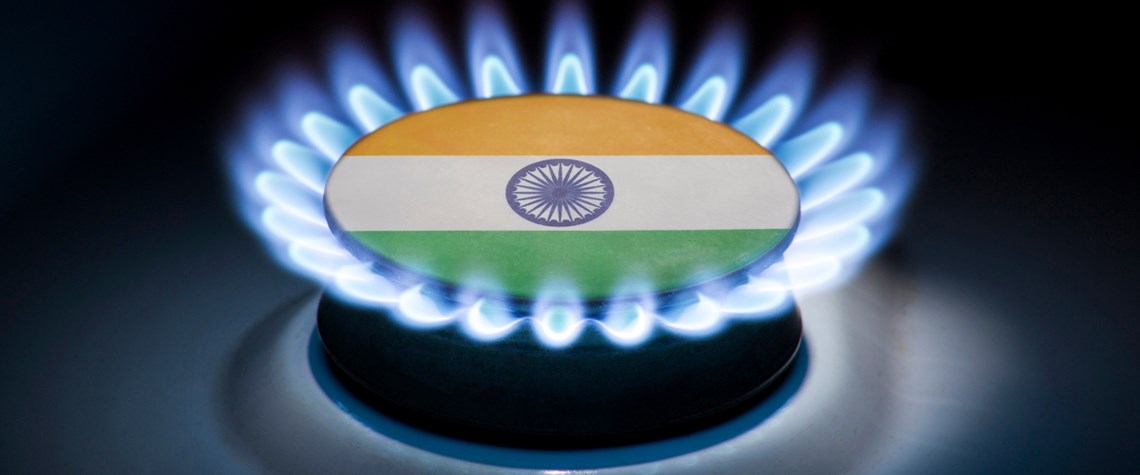India sets out multi-faceted reform to support gas
New Delhi is set to implement a new pipeline tariff policy to complement its first trading exchange and under-construction distribution network, to further boost the use of gas
The Indian government announced further measures during June to raise the share of gas in the country’s energy mix. The target is to increase the contribution of gas from c.6pc to 15pc by 2030. In mid-June, oil minister Dharmendra Pradhan and the Petroleum and Natural Gas Regulatory Board (PNGRB) announced that a new pipeline tariff policy would soon be unveiled to rationalise gas prices across the country. India also launched its first gas trading exchange, which will enable entities such as Shell and Dutch and Singaporean commodities trading houses Vitol and Trafigura to sell LNG directly to domestic customers at spot and forward market rates. PNGRB recently permitted the setting up of LNG

Also in this section
24 April 2024
But even planned exploration activity is unlikely to reverse declining output from mature fields
23 April 2024
Cheaper Russian barrels and lower overall crude prices have helped cut key oil consumer’s import bills in election year
22 April 2024
Pursuing three different goals as part of the same package may mean achieving none of them
22 April 2024
Beijing’s renewed targeting of NOC management could threaten investment







